My garden plants often help me reduce the feed cost for chickens, and I don’t bother to grow them frequently for flocks to eat.
You can count them as herbs, veggies, and grasses that not only feed chickens but also benefit coops and runners and backyard.
If you need to identify a few, here is a list of plants to grow for your chickens to eat.
1. Comfrey
Comfrey is a perennial that is high in protein and packed with vitamins. It has 22-27% protein and vitamins A, C, and B12, with several minerals.

If your chickens eat insects and worms, feeding comfrey provides the birds with good bacteria and helps synthesize vitamin B12.
There are several Comfrey varieties, most of which are good for livestock feed.
I recommend growing Russian comfrey (Symphytum x uplandicum), which has larger leaves and more protein than other varieties.
Also, feed your birds with it in a moderate quantity, as the plant contains alkaloids.
100 grams of intake is enough for a day, which helps with digestion and the production of eggs.
You can give chickens chopped comfrey or mixed with grains and cereals. After harvesting, keepers can feed the birds with fresh leaves or dry them for later use.
Dried comfrey leaves help sick or weak chickens recover their health.
You can either add these to the feed or brew them into a tea for your birds.
2. Clover
Keepers must have seen eating the stems, leaves, flowers, and roots of clovers on pasture or free-range.
Clovers contain calcium, protein, niacin, potassium, Vitamins A and B, and iron.
They also act as detoxifier and stimulate the liver and digestive system of the birds. The plants also help with respiratory and circulatory issues for the sick chickens.
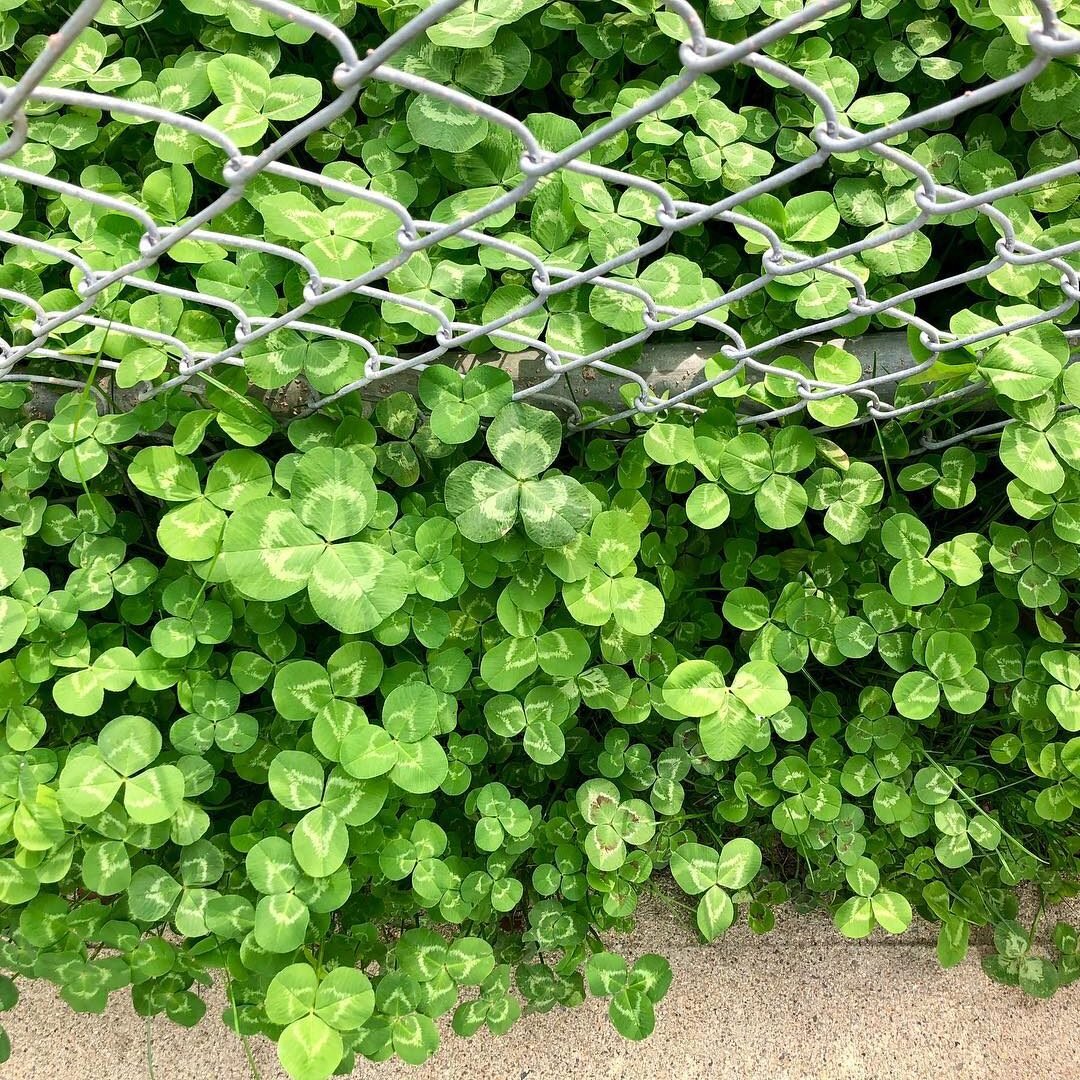
Red, white and purple are some clover varieties with similar legume benefits to soil and high in nutrition for the chickens.
You need to keep this plant rest for about 1 month between grazing periods. This helps the plants get maximum rejuvenation and endurance.
3. Sunflowers
Sunflowers are easy to grow in any yard or garden and make a great chicken treat.
They contain 50 percent fat and 20 percent protein, providing a great source of energy. Their high fat content is beneficial in winter or wet environments when bird flocks need additional energy to keep their bodies warm.

It’s no news that protein helps birds develop muscle, grow feathers, and produce eggs.
Besides, sunflowers have vitamin E, B vitamins, and minerals for overall health benefits.
You can give your chickens the whole seed head of sunflowers and allow them to pick out the seeds themselves. It won’t take for flocks to get on and feast on their treats.
You can also make it a bit laborious by threading a ribbon through the center of the seed head.
The leaves and stems of sunflowers are also edible and beneficial. They also act a natural shade provider in the chicken run.
4. Kale
Kale is a nutrient-dense with protein and vitamins A, C, and K.
Besides, it is also rich in minerals, including Calcium, Phosphorous, Magnesium, and Potassium.
Growing in several climates, kale is cold hardy so I suggest beginners grow in the winter, seeding before the last frost.
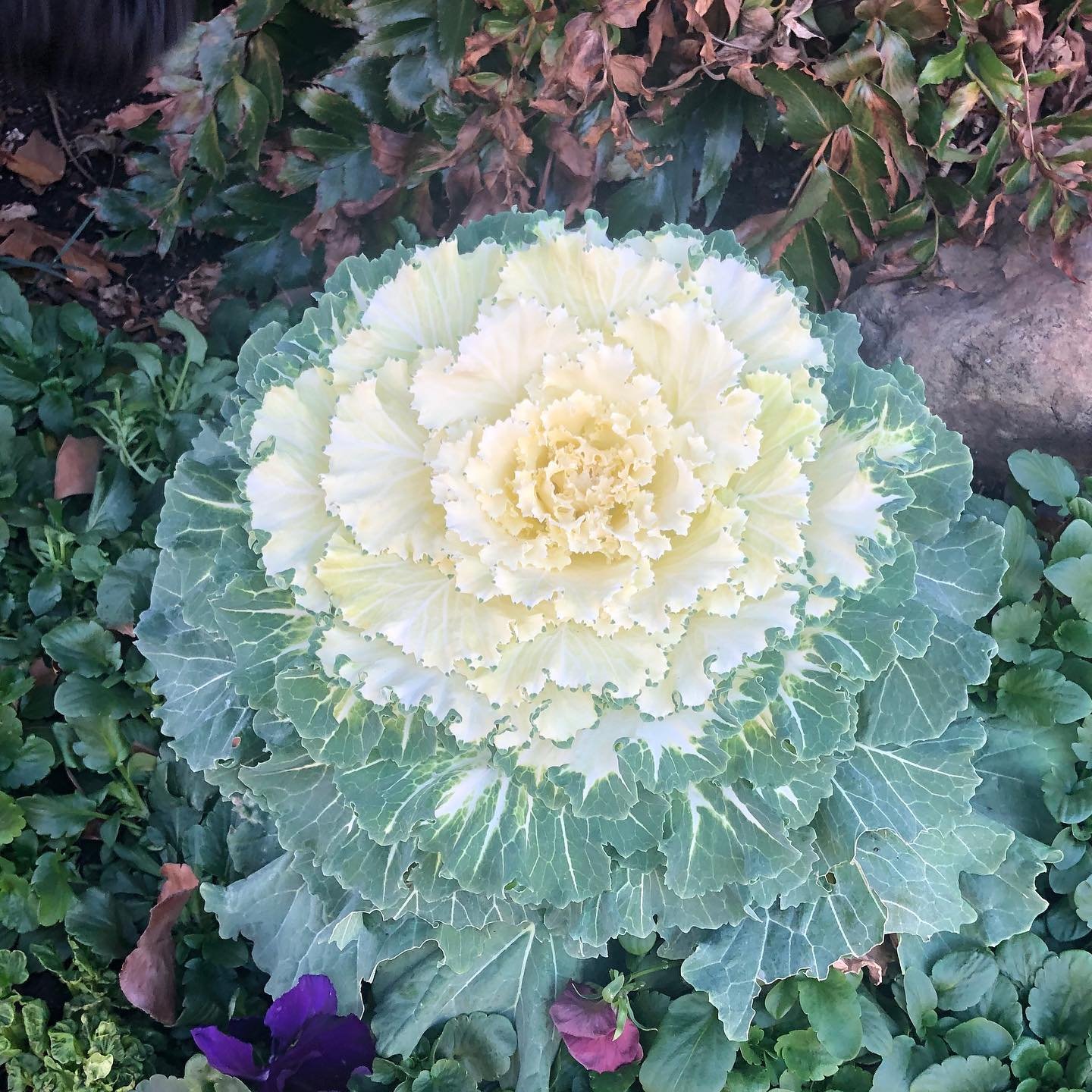
Do you know that kale can act as an antioxidant, which can help in the growth of chicken tissues, such as skin and feathers?
There are several kale varieties, including red Russian, dinosaur, curly, baby, redbor, etc. You can choose any of them for your birds.
Though these veggies contain no toxins, you should not add more than 10 percent kale to your birds’ diet.
Also, avoid cooked kales as they can develop mushy feed. It’s better to give them fresh and finely chopped kale leaves.
I also don’t recommend you feed your chickens kale every day. 2-4 times a week of feeding kale is healthy and enough.
5. Oregano
Oregano is a good source of natural antibiotic and anti-inflammatory properties for poultry.
This helps strengthen your bird’s immune system.
They can also enhance feed intake, growth rate of broiler chickens, and overall body condition for meat production.
As a herb, oregano also helps with salmonella, infectious bronchitis, coccidiosis, avian flu, and E. coli.

I must tell you, the plant is packed with rich vitamins, including E and K, and minerals like calcium. So, it can act as an immune booster and help prevent respiratory issues in chickens.
There are several ways to feed oregano.
You can give the birds oregano essential oil that contains the highest concentrations of carvacrol.
Chickens also consume fresh oregano as a tasty treat.
Besides, keepers can store dried oregano after harvesting for later use or send it to a place where the plant is harder to grow.
Feeding dried herbs in the winter months is super beneficial.
6. Mint
Mint in the backyard provides shelter and hiding places for chicken flocks from predators like hawks and owls.
They also offer cool shade for the chicken run.
Due to their strong smell, mints repel insects and rodents and make a pest-free chicken coop.
Besides, they have several medical properties, such as being an herb, which helps reduce stress and inflammation in chickens.
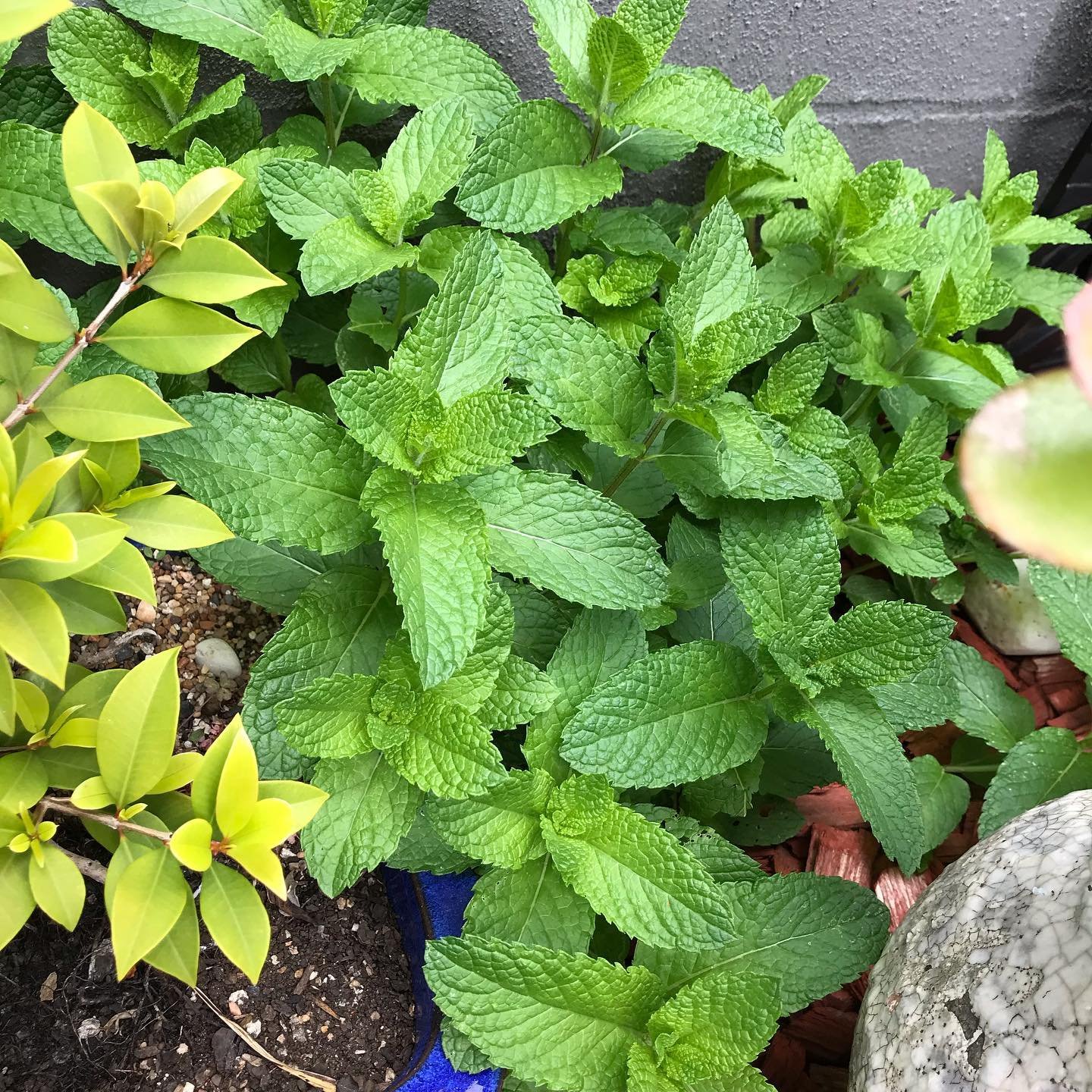
Did you know that menthol in mint also soothes respiratory issues and improves digestion in birds?
You can give your chickens fresh mint leaves as a treat. Or, dry out and crush leaves into small pieces and mix them into the feed.
I love making mint water or tea for my birds. You can boil water and steep fresh leaves in the water. Once the water gets cooled and you are free to serve the tea to your chickens.
It helps relieve respiratory issues and improve digestion.
The chickens also enjoy the cooling effect of the plant during hot summer days.
Mint grows quickly and spreads easily, so I often keep it for myself and my birds.
7. Nasturtium
Bright flowers of nasturtium attract beneficial pollinators to the garden, creating a lively atmosphere in your backyard.
They lure insects and bugs that feed on dreaded squash beetle larvae, the leaves, and flowers.
Their flowers are also edible for humans and make a delicious salad garnish.
Your chickens will also love eating flowers, leaves, and seeds of nasturtium.
Nasturtiums are natural antibiotics and natural dewormers for chickens. Planting and spreading these plants around the coop and runners helps get rid of fungus.

Besides, they make hens lay more eggs.
Because of their medical properties, nasturtiums relieve birds from respiratory disease. They also help chickens with boredom and nervous ailments.
You can make nasturtium tea by brewing a cupful of leaves for chickens. They will get instant Vitamin C.
Besides, you can snip off the nasturtium from the stem and throw them into the runner. When it comes to pecking greens, chickens become choosers.
They prefer young and tender plants.
8. Dandelion
Do you know that dandelions are nutritionally richer than kale or spinach?
They have vitamins A, B, C, D, and K and minerals like iron, potassium, cand zinc. So, they help with liver detoxification in chickens.
Growing around coops, dandelion leaves make good forage food for chickens and ground cover in the backyard. They also deter internal parasites.

Their leaves also help enhance the growth and yield performance of poultry.
You can notice the enhanced yolk color of the birds. The flowers contain carotenoids that cause egg yolks to get darker.
Dandelions also have calcium, which helps harden the eggshells, increasing the production of eggs.
You can prune and collect the leaves when they are still young. They become hard and bitter if they grow 4 inches in length.
Besides leaves, flowers, fresh stems, and roots are all edible and nutritious.
Flowers are delicious and tasty when they have recently bloomed.
You can snip the leaves and heads together and make a fresh salad for your chicken flock.
9. Pumpkins
Pumpkin can be the favorite treat for your livestock at the farm or backyard.
Whether it is row or chopped, pumpkins are all edible for chickens, ducks, turkeys and and other four legged farm animals.
Whenever it’s fall, visitors find my homestead filled with pumpkins, everywhere, in the poultry feeders, animal troughs and my own pantry.

My chickens love eating everything from pulp and seeds to flowers and leaves.
For the fruit, you can simply cut the pumpkin in half and then chop them into pieces and serve your chickens in small amounts.
They are rich in vitamins, minerals, and antioxidants and low in saturated fats. One cup of the drink has only 49 calories.
Vitamins can several functions for poutry birds. It can improve the laying ability of healthy eggs with viable yolks.
Pumpkins also help regulate metabolic function, enhance nervous system health, and help fight disease.
Due to their high fiber content, pumpkins help chickens with a bad gut or digestion.
As pumplins are long lasting fruits, you can store them for later use and feed your chicken throughout the year, even in winter.
10. Alfalfa
Alfalfas are a natural ground cover in the rural area where I live.
So, my farm or poultry animals pasture the field to forage alfalfas. Your chickens will peck at fresh flowers, seeds, leaves, and stems themselves in your backyard.
You can also give them the alfalfa hay, alfalfa meal, pellets, sprouts, cubes, and silage.
You must know that alfalfa contains 15-22% protein, which is essential for egg production and forming feathers.
They also have calcium for eggshell formation and soluble vitamins A, E, and K to enhance immunity. Besides, bioflavonoids in the plant act like an antioxidant for birds.

Keepers also claim that alfalfas contain a greater concentration of minerals, such as calcium, phosphorus, magnesium, potassium, iron, and selenium, than other grass feeds.
I suggest you give it 10% of the total daily diet of chickens.
In my case, I offer 2-3 alfalfa cubes per bird as a supplement 2 times a week. I often throw the whole alfalfa cubes around your birds to peck and scrumbe the content.
Or, you can crumble the cubes over their regular feed.
Besides, hydrating the cubes and chopping them into a fresh salad can be another way to serve them.
If you want to grow plants around a chicken coop and don’t want your chicken to destroy them, here are some plants.
Final Thoughts
I often keep a small fruit and veggie garden for my livestock, including chickens, for their treat and supplements.
If you lack time to plant chicken edibles, try perennials. They’re great hardy plants and rich in nutrients.
There are several other plants, such as peas, buckwheat, nettle, berries and herbs that you can plant for your bird flocks.

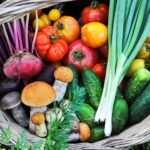

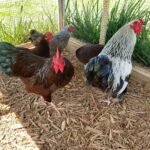
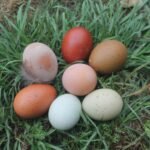
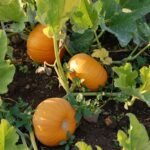
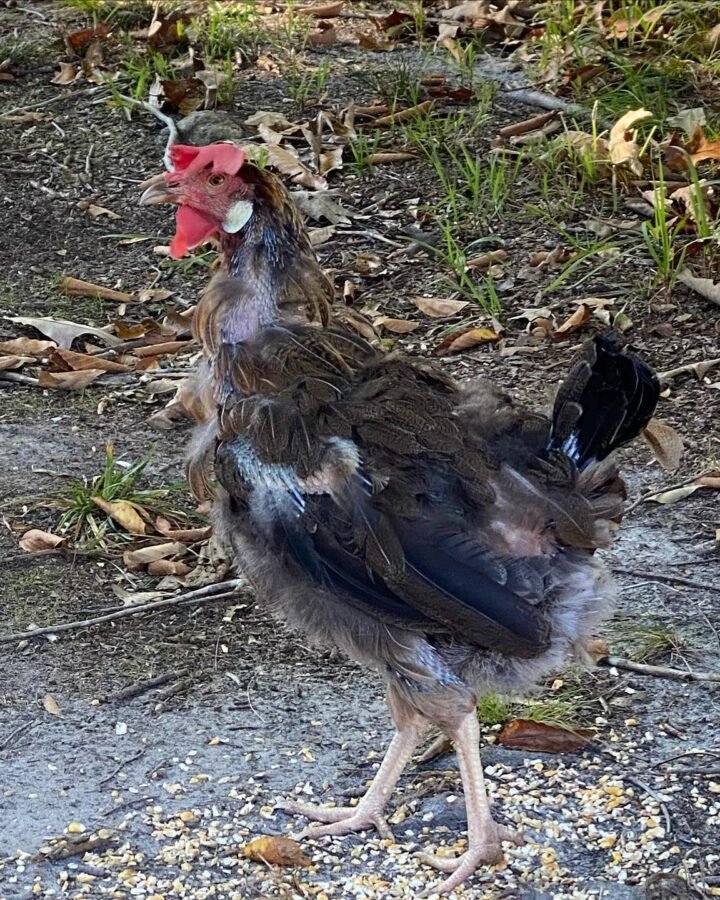
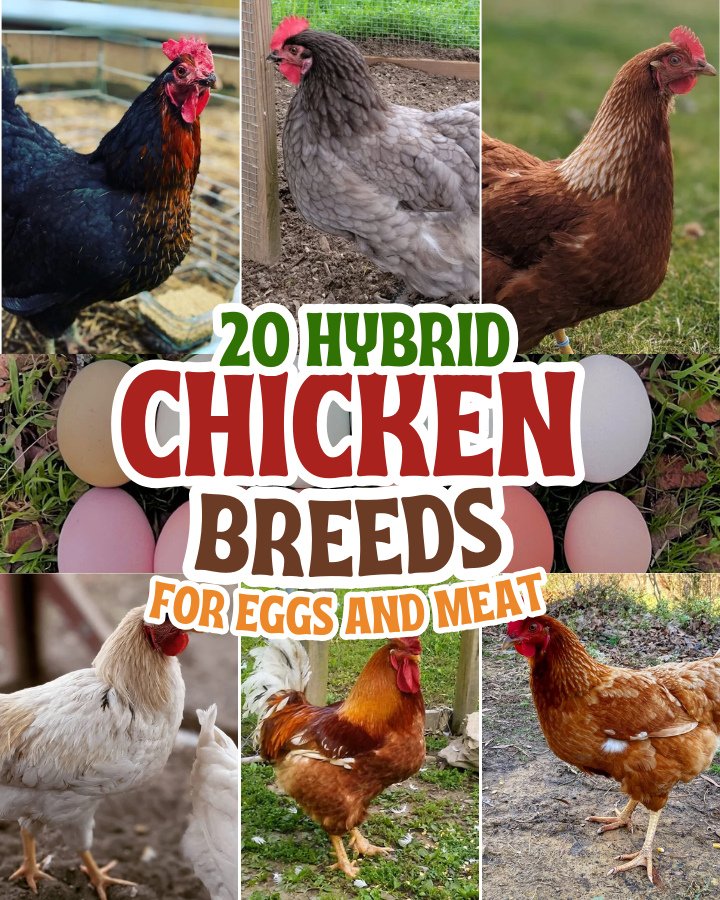

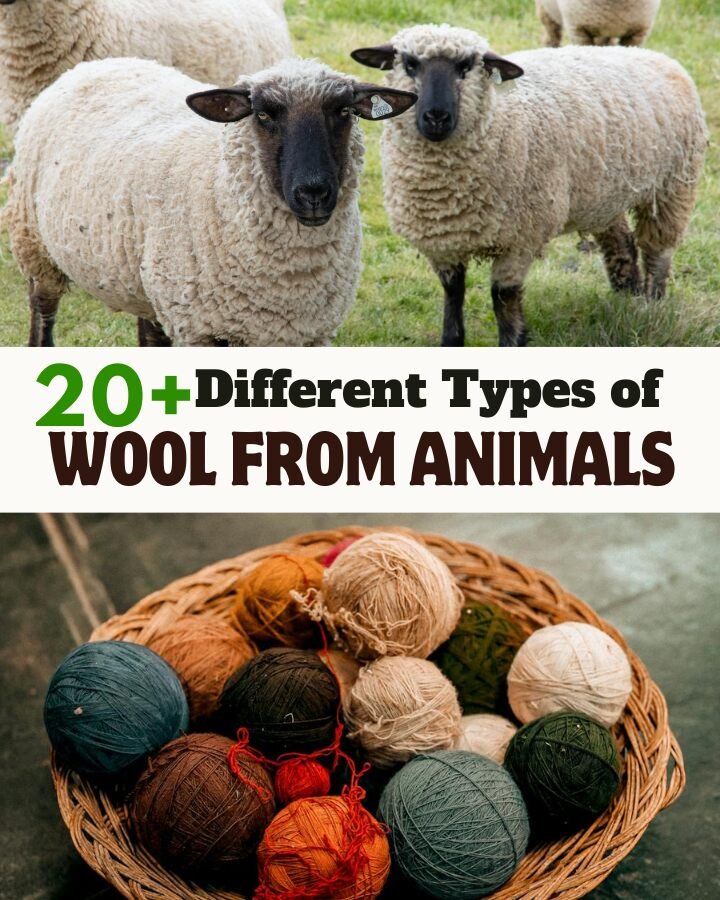
Leave a Reply